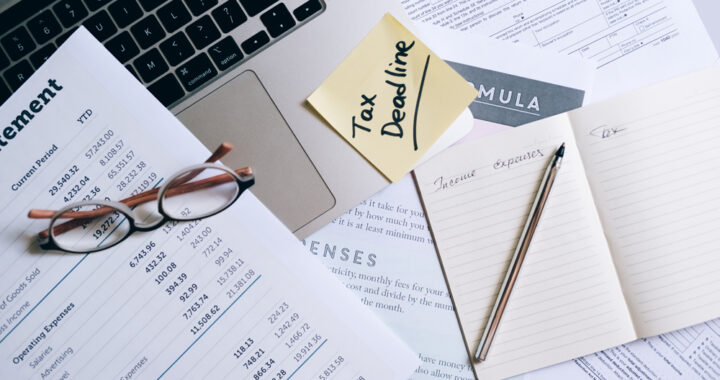Navigating Tax Returns and Bankruptcy: What to Expect and How It Impacts You
The relationship between filing for bankruptcy and its effects on tax returns is a common concern for many individuals. Understanding the intricacies of tax filing during bankruptcy is crucial to avoid any surprises and plan your financial recovery effectively.
First and foremost, filing for bankruptcy entails specific differences in how your taxes need to be managed. The Trustee appointed to oversee the bankruptcy process plays a vital role in handling your tax returns. They are required to file two tax returns for the year the bankruptcy begins, known as the pre-bankruptcy and post-bankruptcy returns.
Pre-Bankruptcy Return
The pre-bankruptcy return covers the period from January 1st to the day just before the bankruptcy filing. Any tax owed for this period becomes part of the bankruptcy and doesn’t need to be paid separately. Conversely, if there is a tax refund due for this period, it will be sent to the Trustee and distributed among your creditors at the end of the bankruptcy.
Post-Bankruptcy Return
The post-bankruptcy return covers the period from the day the bankruptcy starts until December 31st. Any tax owed for this period remains the responsibility of the taxpayer and is not included in the bankruptcy. However, any refund from this return will still be sent to the Trustee for distribution to creditors.
Outstanding Prior Years’ Returns
In cases where there are outstanding tax returns from previous years, the Trustee may also file those on your behalf. It is a legal requirement for the Trustee to, at the very least, file the previous year’s return if it hasn’t already been done. Any tax amounts owed for years preceding the bankruptcy filing date will be included in the bankruptcy, and any refunds from the filed returns will be sent to the Trustee.
Your Benefits & Bankruptcy
Individuals receiving Canada Child Benefit need not worry, as a bankruptcy will not affect these payments. Furthermore, these benefits are not factored into surplus income calculations. However, for recipients of quarterly GST credit payments or Low Income Climate Action Tax Credit payments, these amounts are typically sent to the Trustee during the bankruptcy period. While Climate Action credits are distributed among creditors, portions of GST payments may be returned to you once the bankruptcy is completed.
Tax Return for After Bankruptcy Filing
Even if you are still in bankruptcy for part or all of the following year, you are responsible for filing your own tax return during that time. For instance, if you filed for bankruptcy in September 2022 and were discharged in May 2023, or if you are experiencing a second-time bankruptcy and are due to be discharged in September 2024, you must file your tax return for the year 2023 (in our example). Any refund you receive is rightfully yours to keep. However, if you receive it in a month when you haven’t been discharged yet, the refund will be counted as income when calculating surplus income.
Now that you have started your bankruptcy journey it’s time to make sure you are budgeting and maintaining your lifestyle. This ensures you don’t fall back into the same patterns that got you into bankruptcy. Learn how to budget while paying off your debt.
Businesses in Bankruptcy
Business owners facing bankruptcy must handle tax matters differently from individual taxpayers. Depending on the business structure, such as a sole proprietorship, partnership, or corporation, the tax implications can vary significantly. Businesses in bankruptcy may still be required to file corporate tax returns and fulfill other tax obligations while working towards financial recovery. Seeking professional advice from a tax expert familiar with business bankruptcy is crucial in such cases.
Understanding the dynamics between tax returns and bankruptcy is essential for individuals navigating financial difficulties. By being aware of the implications and seeking professional guidance from a Licensed Insolvency Trustee, you can navigate this challenging period and work towards a brighter financial future.
